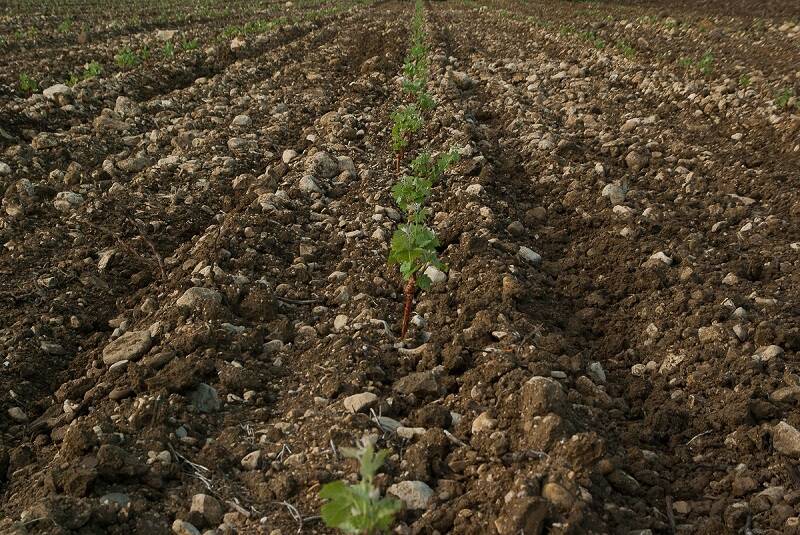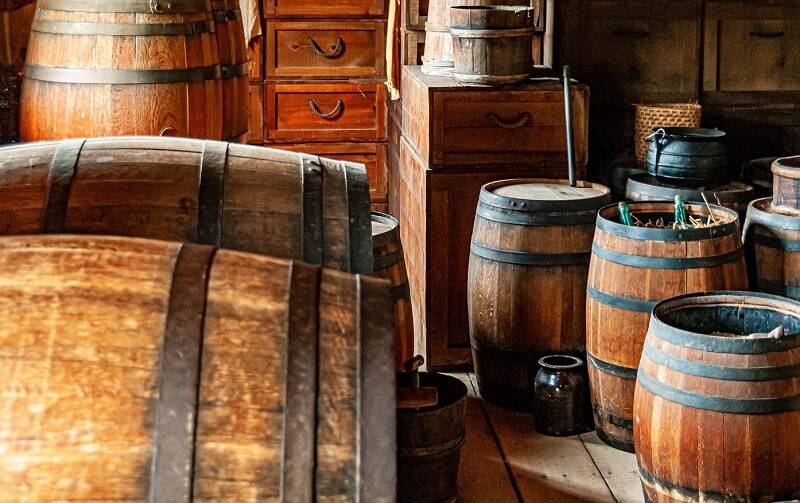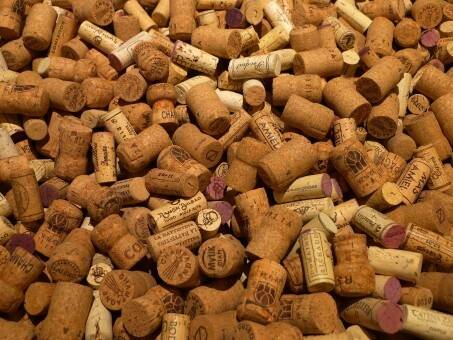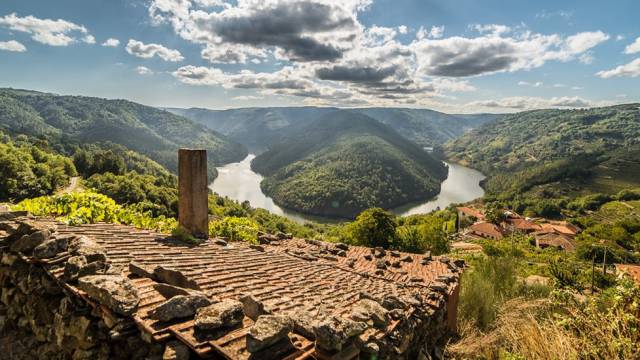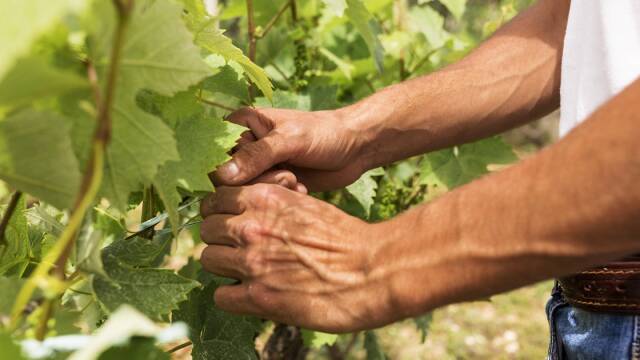When we think of a great wine, we usually think of its producer and the place where the wine comes from. Two essential factors. What many people don't know is that behind all this there are a series of outside jobs that also contribute to the wine's final quality. Today we bring you closer to the most unknown side of wine, to all those people and companies that contribute to the development of a great wine although they never appear in the final credits, or in the marketing and communication campaigns.
These are some of the people whose work contributes to making wine great:
Soil analyst
This is the person in charge of studying the soils where the plants will be grown. It is undoubtedly one of the most important things to do when starting quality wine production, and also one of the most expensive to do, as the vineyards are usually spread over several different sites, which implies different soil studies. Understanding the soil is essential, as a large number of decisions will have to be made based on its nature: variety of grapes grown, cultivation method, vineyard orientations, etc.
Garden centre nurseryman
Perhaps the least talked about, but whose work is essential. A nurseryman, apart from offering you the type of plant you need and reproducing it as many times as necessary, also advises the winemaker in making decisions. Many nurserymen have among their ranks professionals in ampelography, a science that is responsible for the identification and classification of the different kinds of grapes. These professionals interpret the information provided by the winery and advise them in the choice of the type of grape variety to plant according to the soil and climate, and also the type of clone to choose, i.e. more resistant to drought, more productive, less sensitive to certain diseases. This part is undoubtedly the least talked about in the world of wine, because nobody is interested in talking about clones 235 or 420.
The most prestigious nurseries are so because they have their own clonal selection with certain agronomic or oenological parameters. These parameters are built up slowly, as they come from a meticulous preliminary study in which one or more mother vines with specific characteristics are chosen, to then carry out a vegetative multiplication that gives rise to plants with an identical genetic content. All this work is usually aimed at obtaining high quality grapes, a genetic selection where the best plants are chosen and reproduced. Some producers bring plants from their best vineyards for the nursery to reproduce them. It is a world that is frankly interesting and unknown to the general public.

 Log in
Log in

